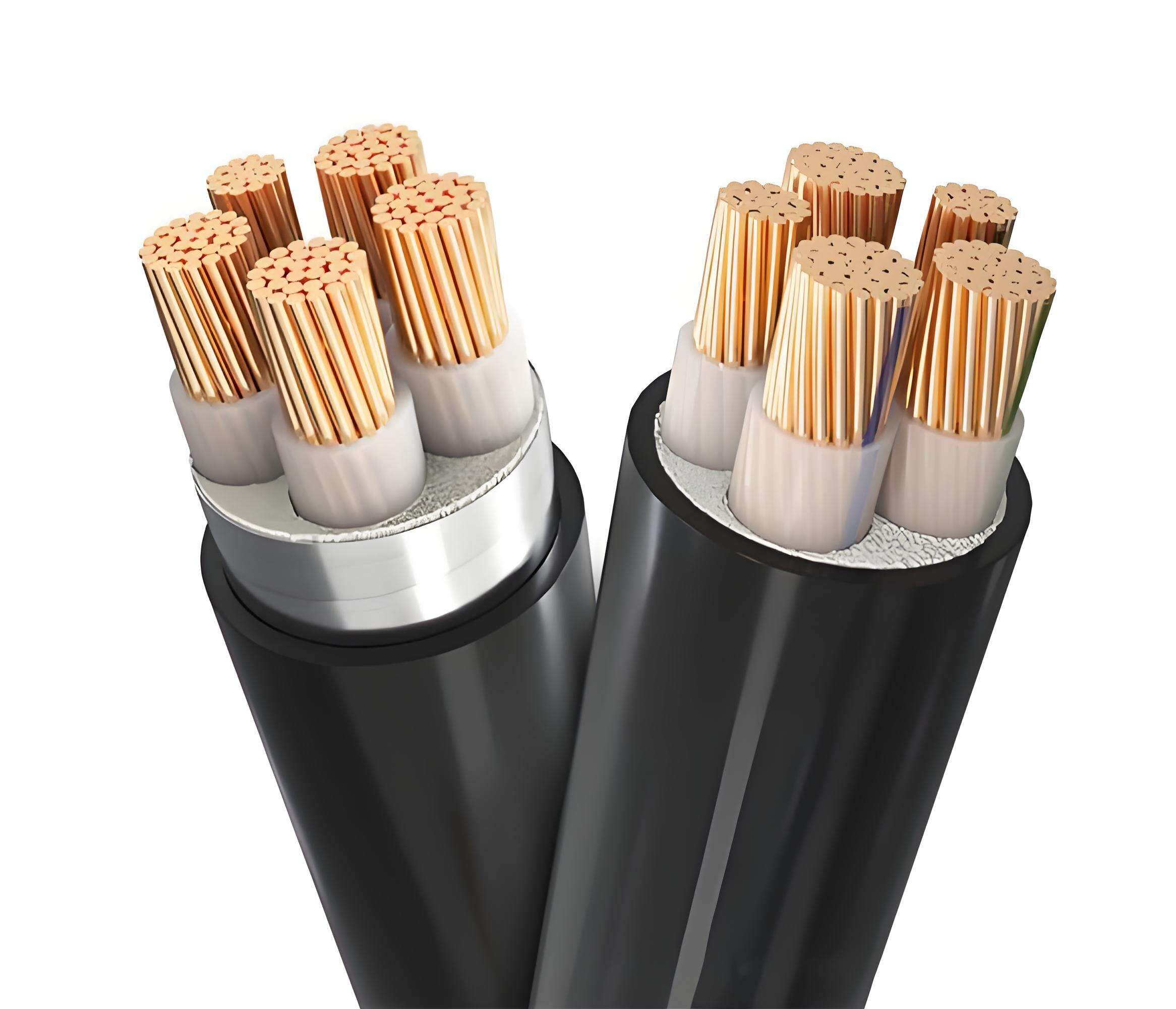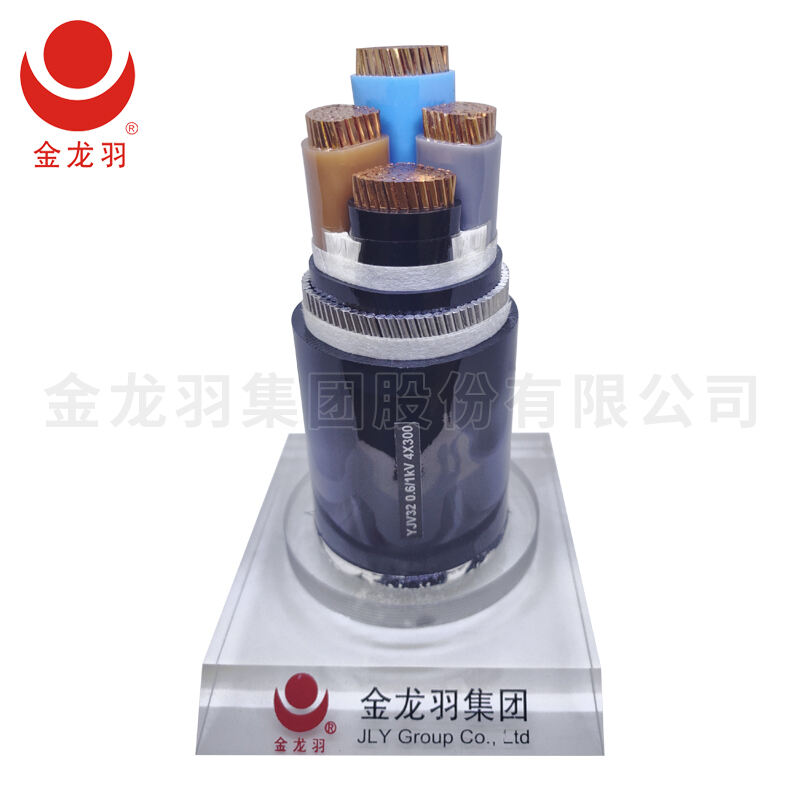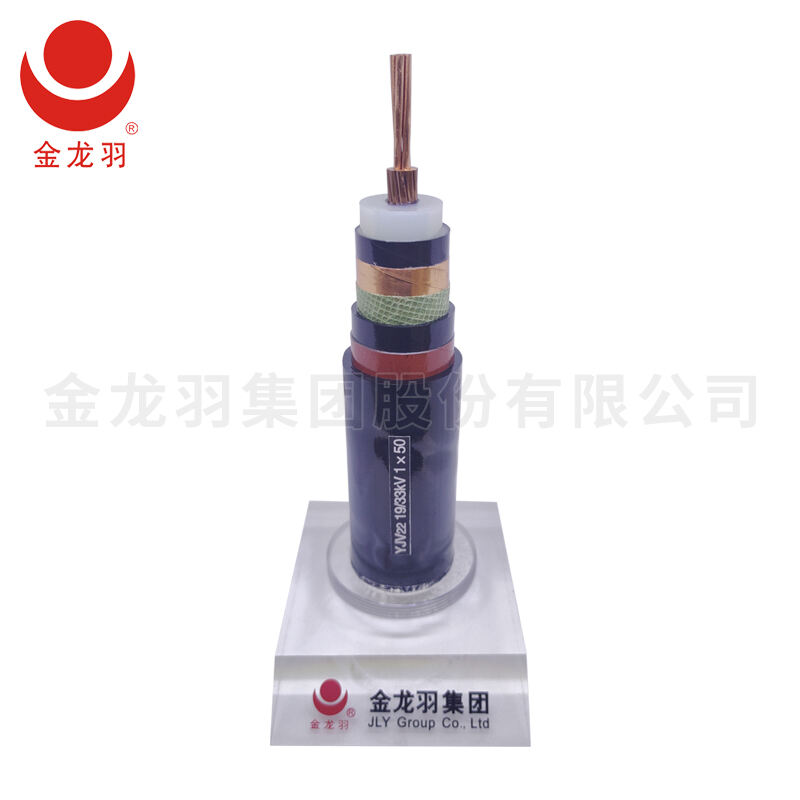Компания Weidong Technology предлагает широкий ассортимент кабелей низкого напряжения, предназначенных для передачи электрической энергии при напряжении до 1 кВ, что делает их подходящими для жилых, коммерческих и легких промышленных помещений, где требуется распределение энергии до конечных пользователей. Эти кабели низкого напряжения оснащены токопроводящими жилами из меди или алюминия с высокой электропроводностью, что обеспечивает эффективную передачу электроэнергии к освещению, бытовым приборам и оборудованию, а изоляционные материалы, такие как ПВХ, сшитый полиэтилен или резина, обеспечивают превосходную электрическую изоляцию и защиту от воздействия окружающей среды. Кабели низкого напряжения выпускаются в различных конструкциях, включая одножильные, многожильные и бронированные варианты, последние из которых обеспечивают дополнительную механическую защиту и подходят для использования в тяжелых условиях, например, на строительных площадках или в промышленных помещениях. Кабели низкого напряжения производства Weidong доступны в диапазоне сечений от 0,75 мм² до 300 мм², что позволяет применять их для передачи различных токовых нагрузок — от небольших бытовых цепей до крупных коммерческих систем. Соответствуя национальным и международным стандартам, эти кабели проходят испытания на сопротивление изоляции, способность к самозатуханию и выдерживаемое напряжение, чтобы гарантировать безопасность и надежность. Благодаря обширной дистрибьюторской сети по всей Китаю, эти кабели низкого напряжения легко доступны для проектов любого масштаба, обеспечивая универсальное и эффективное решение для распределения электроэнергии низкого напряжения.


